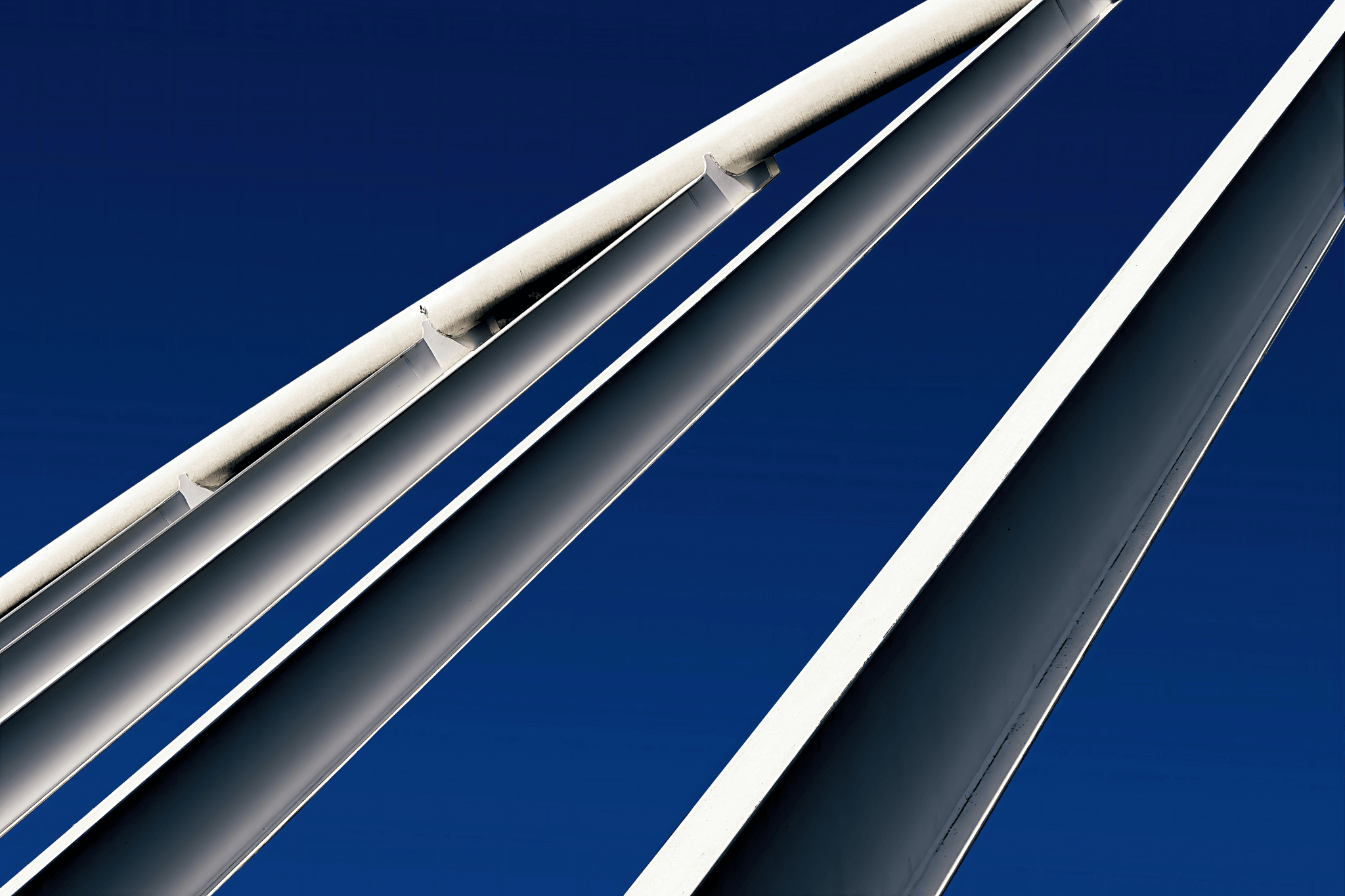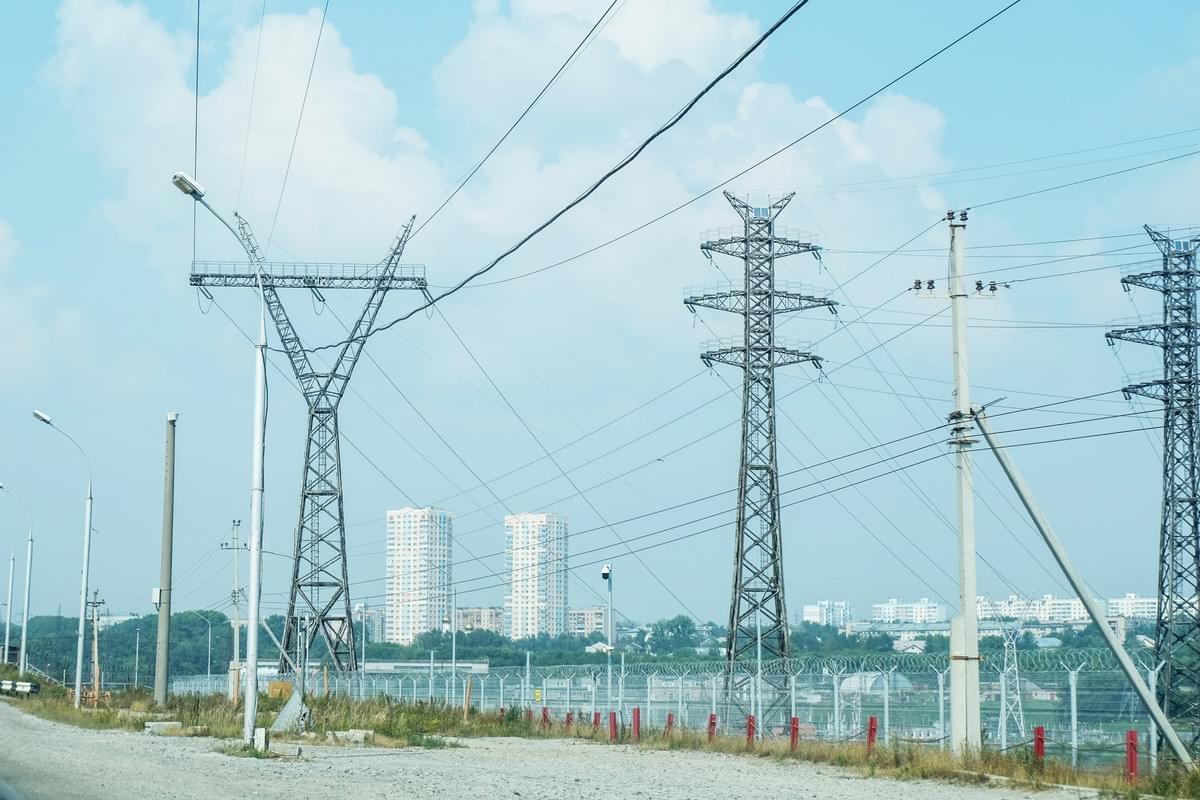Introduction

Armor rod aluminum is a crucial component in the protection and maintenance of power lines. Understanding the properties and advantages of armor rod aluminum is essential for making informed decisions in the selection process. Choosing the right armor rod material is paramount in ensuring the longevity and effectiveness of power line equipment. Additionally, utilizing spark fittings in armor rods offers customized solutions for enhanced performance and durability.
Understanding Armor Rod Aluminum
Armor rods are designed to provide mechanical protection to conductors against bending, compression, abrasion, and flashover. Aluminum armor rods are specifically engineered to offer lightweight yet robust support for power lines, ensuring their longevity and reliability.
Importance of Choosing the Right Armor Rod Material
Selecting the appropriate armor rod material is critical in safeguarding power lines from environmental elements, wear and tear, and potential damage. The compatibility between the conductor surface material and the armor rod material plays a vital role in preventing corrosion and ensuring optimal performance.
Benefits of Using Spark Fittings in Armor Rods
Spark Fittings play a significant role in customizing armor rod solutions to meet specific requirements. By incorporating spark fittings into armor rods, it is possible to enhance their functionality, durability, and overall performance while maintaining compatibility with conductor surface materials.
What are Armor Rods Made of?

Raw Materials of Armor Rods
Armor rods are typically made from high-quality aluminum wire, galvanized steel wire, or aluminum clad steel wire. These raw materials are carefully selected to ensure the durability and strength of the armor rods.
Choosing the right armor rod material is crucial in ensuring the overall performance and longevity of the power line. High-quality aluminum wire, galvanized steel wire, or aluminum clad steel wire offer different advantages in terms of strength, corrosion resistance, and conductivity. The careful selection of these raw materials plays a key role in protecting the conductor strands from abrasion and damage caused by environmental factors such as wind, ice, and vibration. Additionally, the right armor rod material can also contribute to reducing maintenance costs and extending the lifespan of the power line.
Importance of Choosing the Right Armor Rod Material
Selecting the right armor rod material is crucial for ensuring the longevity and reliability of the conductor line. The material must be able to withstand environmental factors and provide adequate protection against wear and tear.
Matching the armor rod material with the conductor surface is essential for ensuring a secure and reliable fit. When the armor rod material is properly matched with the conductor surface, it helps to distribute the load evenly, reducing stress and potential damage. This ensures that the conductor line can withstand varying environmental conditions and maintain its structural integrity over time.
Significance of Matching Armor Rod Material with Conductor Surface
Matching the armor rod material with the conductor surface material is essential to prevent corrosion and other forms of damage caused by material incompatibility. This ensures a seamless fit and maximum protection for the conductor line. In addition, using armor rods that are specifically designed for the conductor material can also improve the overall performance and lifespan of the power line. By eliminating any potential for chemical reactions or galvanic corrosion between different metals, you can ensure a more reliable and durable electrical infrastructure.
Can Aluminum be Used for Armor?

Advantages of Aluminum Armor Rods
Armor rod aluminum offers several advantages, including high strength, lightweight properties, and excellent corrosion resistance. These characteristics make aluminum armor rods an ideal choice for protecting conductors in various environmental conditions, ensuring long-term durability and reliability.
Aluminum armor rods also offer excellent thermal conductivity, which helps to dissipate heat and reduce the risk of overheating in the conductor. This is particularly important in high-temperature environments or during heavy electrical loads, where maintaining a stable operating temperature is crucial for the longevity of the conductors. Additionally, aluminum armor rods are easy to install and require minimal maintenance, saving time and resources over the lifespan of the transmission line.
Considerations when Choosing Armor Rod Material
When selecting armor rod material, it's crucial to consider factors such as the conductor's raw material and surface characteristics. Matching the armor rod material with the conductor surface material helps prevent corrosion and ensures a secure fit, prolonging the lifespan of the conductor system. Additionally, it's important to take into account environmental factors such as temperature and humidity, as these can impact the performance of the armor rod material. Conducting thorough research on different types of armor rod materials and their compatibility with specific conductor surfaces can help in making an informed decision.
Spark Fittings: Customized Armor Rod Solutions
Spark Fittings offers customized armor rod solutions tailored to specific project requirements. With expertise in manufacturing preformed armor rods and other cable accessories, Spark Fittings provides high-quality products that meet industry standards for performance and reliability.
With a dedication to innovation and continuous improvement, Spark Fittings stays ahead of industry trends and technological advancements to ensure that their armor rod solutions are always at the forefront of performance and reliability. By collaborating closely with clients, Spark Fittings is able to understand their specific needs and develop tailored solutions that address any unique challenges or requirements. This customer-centric approach sets Spark Fittings apart as a trusted partner for projects of all sizes and complexities.
What is Armored Aluminum?

Armored aluminum refers to aluminum armor rods that are used to protect overhead power lines from damage caused by vibration, wind, and other environmental factors. These rods are made of high-quality aluminum material that offers excellent durability and strength, making them ideal for use in various weather conditions.
Characteristics of Armored Aluminum
Armored aluminum rods are lightweight yet incredibly strong, providing reliable protection for power lines without adding unnecessary weight or strain. The material is also resistant to corrosion, ensuring a long lifespan and minimal maintenance requirements. This makes armored aluminum an excellent choice for enhancing the longevity and performance of overhead power lines.
Armored aluminum rods are not only durable and lightweight, but they also offer excellent conductivity, making them an ideal choice for power line protection. The high conductivity of armored aluminum ensures that power is efficiently transmitted without loss or interference, contributing to the overall effectiveness of the power grid. Additionally, the lightweight nature of the material makes installation and maintenance easier and more cost-effective, reducing the overall operational expenses for power companies.
Armor Rod Color Code for Conductor Size Identification
The armor rod color code serves as a visual indicator to easily identify the size of the conductor it is designed for. Each color corresponds to a specific conductor size, allowing for quick and accurate installation without the need for manual measurements or calculations.
The color coding system used for armor rods not only simplifies the installation process but also reduces the risk of errors and accidents. By eliminating the need for manual measurements or calculations, the color code streamlines the installation process, saving time and effort for workers. This visual indicator also helps prevent confusion and ensures that the correct armor rod is used for each specific conductor size, ultimately contributing to a more efficient and reliable electrical infrastructure.
Importance of Color Code in Armor Rod Installation
The color code system also helps in identifying the specific characteristics and properties of each type of armor rod, such as its resistance to corrosion, tensile strength, and suitability for different environmental conditions. This information is essential for ensuring that the armor rods used are compatible with the specific requirements of the power lines and can effectively protect them from damage or wear. By following the color code system, installers can make informed decisions about which armor rods to use, thereby enhancing the overall performance and longevity of the power lines.
Can Connecting Rods be Made of Aluminum?

When considering the use of aluminum for connecting rods, it's important to compare it with other armor rod materials such as galvanized steel and aluminum clad steel. Aluminum offers lightweight and corrosion-resistant properties, making it a suitable choice for connecting rods in certain applications. However, it's crucial to assess the specific requirements of the project to determine if aluminum is the best material for the job.
Comparison of Different Armor Rod Materials
In comparing different armor rod materials, factors such as conductivity, strength, and resistance to corrosion should be taken into consideration. While aluminum is lightweight and non-corrosive, galvanized steel provides excellent strength and durability. On the other hand, aluminum clad steel offers a combination of both properties. Each material has its own advantages and limitations, so it's essential to evaluate these aspects based on the specific needs of the project.
When selecting armor rod material, it's important to also consider the cost-effectiveness of each option. While aluminum may be lightweight and non-corrosive, it can also be more expensive compared to galvanized steel. On the other hand, aluminum clad steel may offer a balance between cost and performance. Evaluating the long-term costs associated with each material can help determine the most suitable option for the project's budget.
Factors to Consider When Selecting Armor Rod Material
When selecting armor rod material for connecting rods, factors such as environmental conditions, conductor type, and installation requirements should be considered. For instance, in areas with high humidity or salt exposure, corrosion resistance becomes a crucial factor in choosing the right material. Additionally, matching the armor rod material with the conductor surface material is essential to prevent galvanic corrosion and ensure long-term performance.
In addition to environmental conditions and conductor type, installation requirements play a crucial role in selecting the right armor rod material. Factors such as the method of installation, whether it's aerial or underground, and the presence of any vibrations or movements in the system should be taken into consideration. For instance, in areas prone to high winds or seismic activity, choosing armor rod material with high tensile strength and flexibility can ensure the longevity and reliability of the connection.
Customization Options with Spark Fittings
Spark Fittings offers customized solutions for armor rods based on specific project requirements. Whether it's choosing the right armor rod material or customizing fittings for optimal performance, Spark Fittings provides tailored solutions to meet diverse needs. With their expertise in preformed armor rods manufacturing production line and cable accessories manufacturing equipment supply, they ensure that customers have access to high-quality customized options for their connecting rods.
In addition to their expertise in manufacturing preformed armor rods and cable accessories, Spark Fittings also offers consultation services to help customers determine the best customization options for their specific project needs. By working closely with clients, they can provide tailored recommendations for armor rod materials and fittings that will optimize performance and longevity. This personalized approach ensures that customers are equipped with the most effective solutions for their connecting rod requirements.
Conclusion
Armor Rods and Line Guards: Choosing the Right Material
When it comes to armor rods and line guards, choosing the right material is crucial for ensuring the longevity and reliability of your electrical infrastructure. Whether it's aluminum, galvanized steel, or aluminum clad steel, understanding the properties and compatibility with conductor surfaces is key to making an informed decision.
Best Armor Rod Aluminum: Making Informed Decisions
In the quest for the best armor rod aluminum, it's essential to consider factors such as conductivity, corrosion resistance, and overall durability. By making informed decisions based on these factors, you can ensure that your investment in armor rods will provide long-term value and protection for your electrical conductors.
When considering conductivity, it's important to look for armor rod aluminum that offers high electrical conductivity to ensure efficient transmission of electricity through the conductors. This will help minimize power loss and ensure optimal performance of your electrical system. Additionally, choosing armor rods with excellent corrosion resistance will help protect your conductors from environmental factors such as moisture and chemicals, extending their lifespan and reducing maintenance costs.
Armor Rod Aluminum Price: Finding Value for Quality
While price is always a consideration, finding value for quality should be the primary focus when selecting armor rod aluminum. By weighing the cost against the benefits of durability, conductivity, and corrosion resistance, you can make a smart investment in armor rods that will deliver reliable performance over time.
When considering the price of armor rod aluminum, it's important to also take into account the long-term benefits of investing in a high-quality product. While a lower-priced option may seem attractive at first, it's essential to remember that durability is key when it comes to armor rods. Choosing a higher-quality aluminum rod may mean a slightly higher initial cost, but the longevity and reliability it offers will far outweigh any upfront savings.

